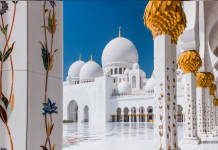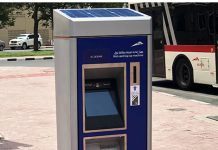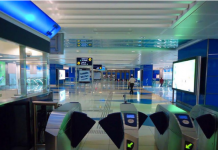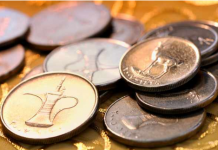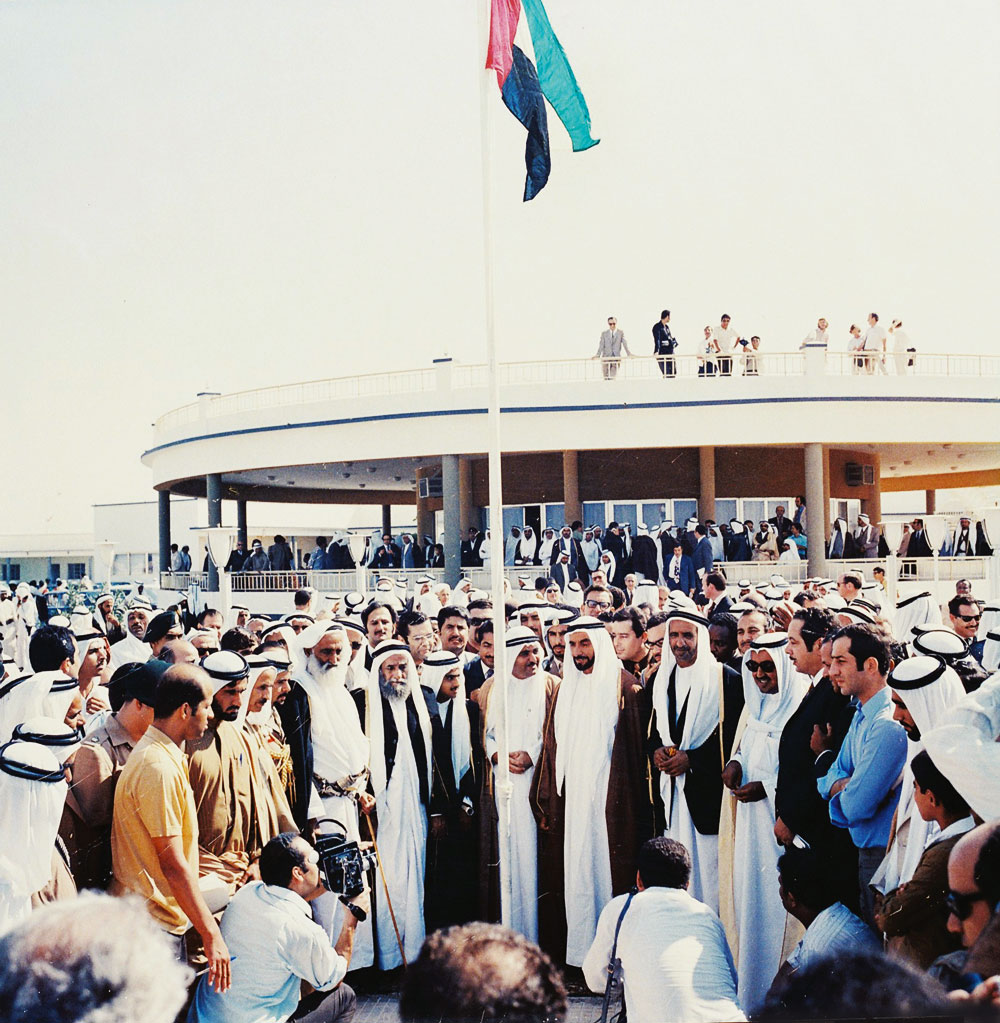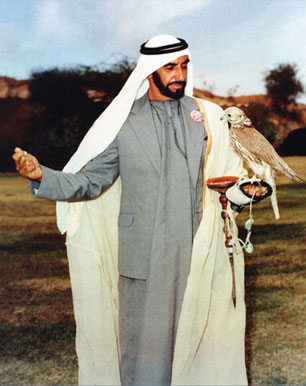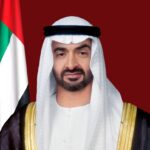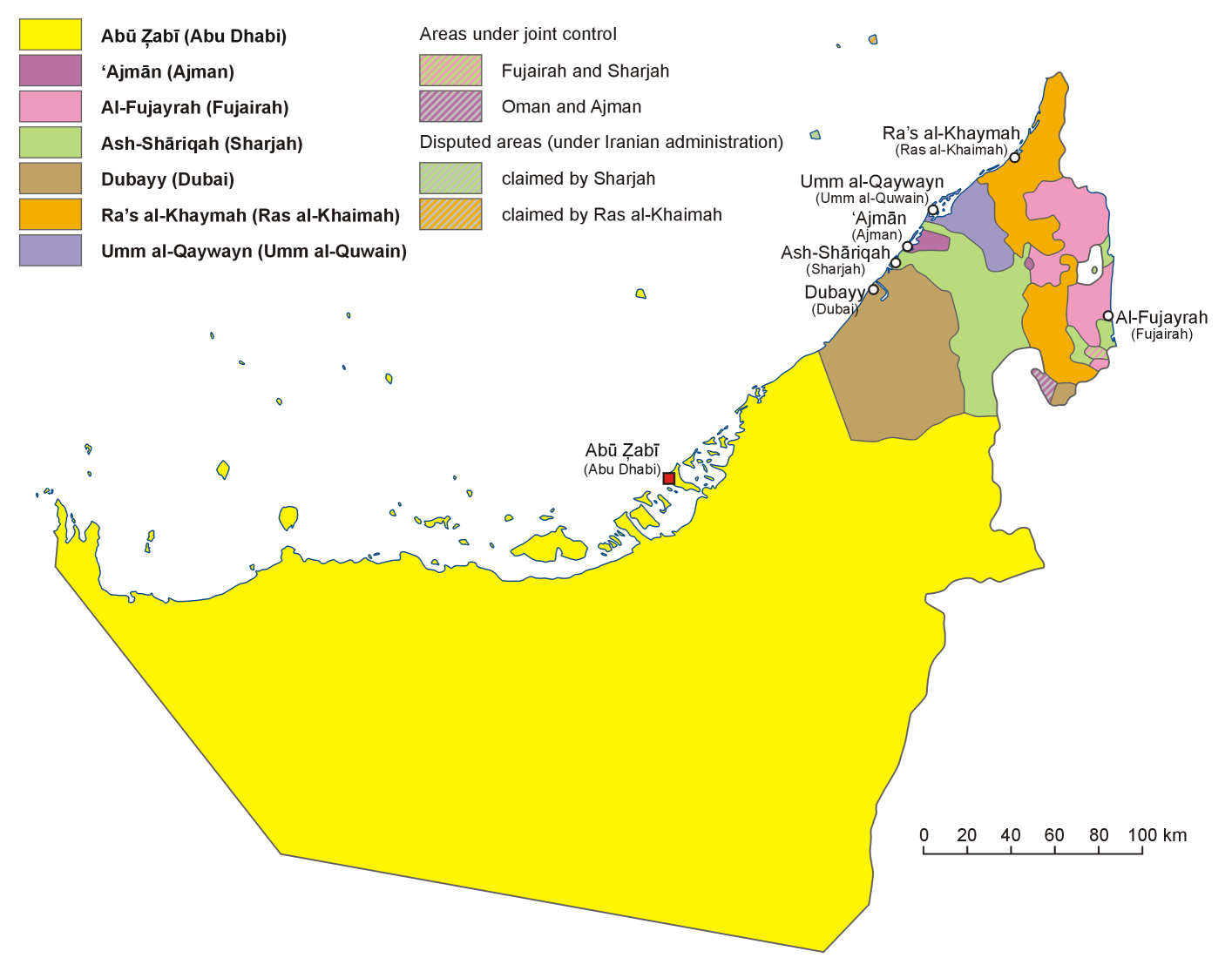The United Arab Emirates is a constitutional federation of seven emirates. Under the UAE system of government, the President of the Federation is elected by a body known as the Supreme Council of Rulers. The federal system of government includes: The Supreme Council, made up of the rulers of each emirate; the Council of Ministers (Cabinet); a parliamentary body in the form of the Federal National Council; and the Federal Supreme Court, which is representative of an independent judiciary.
Supreme Council Members
HH Vice President and Prime Minister Sheikh Mohammed bin Rashid Al Maktoum
Ruler of Dubai
HH Dr. Sheikh Sultan bin Mohammed Al Qasimi
Ruler of Sharjah
HH Sheikh Saud bin Saqr Al Qasimi
Ruler of Ra’s al-Khaimah
HH Sheikh Hamad bin Mohammed Al Sharqi
Ruler of Fujairah
HH Sheikh Saud bin Rashid Al Mu’alla
Ruler of Umm al-Qaiwain
HH Sheikh Humaid bin Rashid Al Nuaimi
Ruler of Ajman
Crown Princes
HH General Sheikh Mohamed bin Zayed Al Nahyan
Crown Prince of Abu Dhabi, Deputy Supreme Commander of the UAE Armed Forces, and Chairman of the Abu Dhabi Executive Council
HH Sheikh Hamdan bin Mohammed bin Rashid Al Maktoum
Crown Prince of Dubai, Chairman of Dubai Executive Council, and Minister of Finance
Sheikh Sultan bin Mohammad bin Sultan Al Qasimi
Crown Prince and Deputy Ruler of Sharjah, Chairman of the Sharjah Executive Council
Sheikh Mohammed bin Saud bin Saqr Al Qasimi
Crown Prince and Deputy Ruler of Ra’s al-Khaimah
HH Sheikh Mohammed bin Hamad Al Sharqi
Crown Prince of Fujairah
HH Sheikh Rashid bin Saud bin Rashid Al Mu’alla
Crown Prince of Umm al-Qaiwain
HH Sheikh Ammar bin Humaid Al Nuaimi
Crown Prince of Ajman
Deputy Rulers
HH Sheikh Maktoum bin Mohammed bin Rashid Al Maktoum
Deputy Ruler of Dubai
HH Sheikh Ahmed bin Sultan Al Qasimi
Deputy Ruler of Sharjah
HH Sheikh Sultan bin Mohammed bin Sultan Al Qasimi
Deputy Ruler of Sharjah
Sheikh Mohammed bin Saud bin Saqr Al Qasimi
Deputy Ruler of Ra’s al-Khaimah
Sheikh Mohammed bin Hamad bin Mohammed Al Sharqi
Deputy Ruler of Fujairah
HH Sheikh Abdullah bin Rashid Al Mu’alla
Deputy Ruler of Umm al-Qaiwain
Members of the Cabinet
Prime Minister and Minister of Defence
Vice President HH Sheikh Mohammed bin Rashid Al Maktoum
Deputy Prime Minister and Minister of Interior
HH Lt Gen. Sheikh Saif bin Zayed Al Nahyan
Deputy Prime Minister and Minister of Presidential Affairs
HH Sheikh Mansour bin Zayed Al Nahyan
Minister of Finance
HH Sheikh Hamdan bin Rashid Al Maktoum
Minister of Foreign Affairs and International Cooperation
HH Sheikh Abdullah bin Zayed Al Nahyan
Minister of Culture and Knowledge Development
Noura bint Mohammed Al Kaabi
Minister of Tolerance
Sheikh Nahyan bin Mubarak Al Nahyan
Minister of Cabinet Affairs and Future
Mohammed bin Abdullah Al Gergawi
Minister of Economy
Sultan bin Saeed Al Mansouri
Minister of State for Federal National Council Affairs and Minister of Health
Dr. Abdul Rahman bin Mohammad Al Owais
Minister of Human Resources and Emiratization
Nasser bin Thani Al Hameli
Minister of State for Foreign Affairs
Dr. Anwar bin Mohammed Gargash
Minister of State for Financial Affairs
Obaid bin Humaid Al Tayer
Minister of State for International Cooperation
Reem bint Ibrahim Al Hashimy
Minister of Energy and Industry
Suhail Mohammed Faraj Al Mazroui
Minister of Education
Hussain bin Ibrahim Al Hammadi
Minister of Infrastructure Development
Dr. Abdullah bin Mohammed Belhaif Al Nuaimi
Minister of Justice
Sultan bin Saeed Al Badi
Minister of Community Development
Hessa bint Eisa Bu Humaid
Minister of State for Defense Affairs
Mohammed bin Ahmed Al Bowardi
Minister of Environment and Climate Change
Dr. Thani bin Ahmed Al-Zeyoudi
Minister of State for Public Education
Jameela bint Salem Al Muhairi
Minister of State for Higher Education and Advanced Skills
Dr. Ahmad bin Abdulla Humaid Belhoul AlFalasi
Minister of State
Zaki Anwar Nusseibeh
Minister of State
Sultan bin Ahmed Al Jaber
Minister of State
Dr. Maitha bint Salem Al Shamsi
Minister of State
Dr. Rashid bin Ahmed bin Fahad
Minister of State responsible for Future Food Security
Mariam Al Mheiri
Minister of State responsible for Advanced Sciences
Sara Al Amiri
Minister of State for Happiness
Ohood bint Khalfan Al Roumi
Minister of State for Youth Affairs
Shamma bint Sohail Faris Al Mazrui
Minister of State for Artificial Intelligence
Omar bin Sultan Al Olama
Secretary General of the UAE Cabinet
Abdullah Mohammad bin Touq




